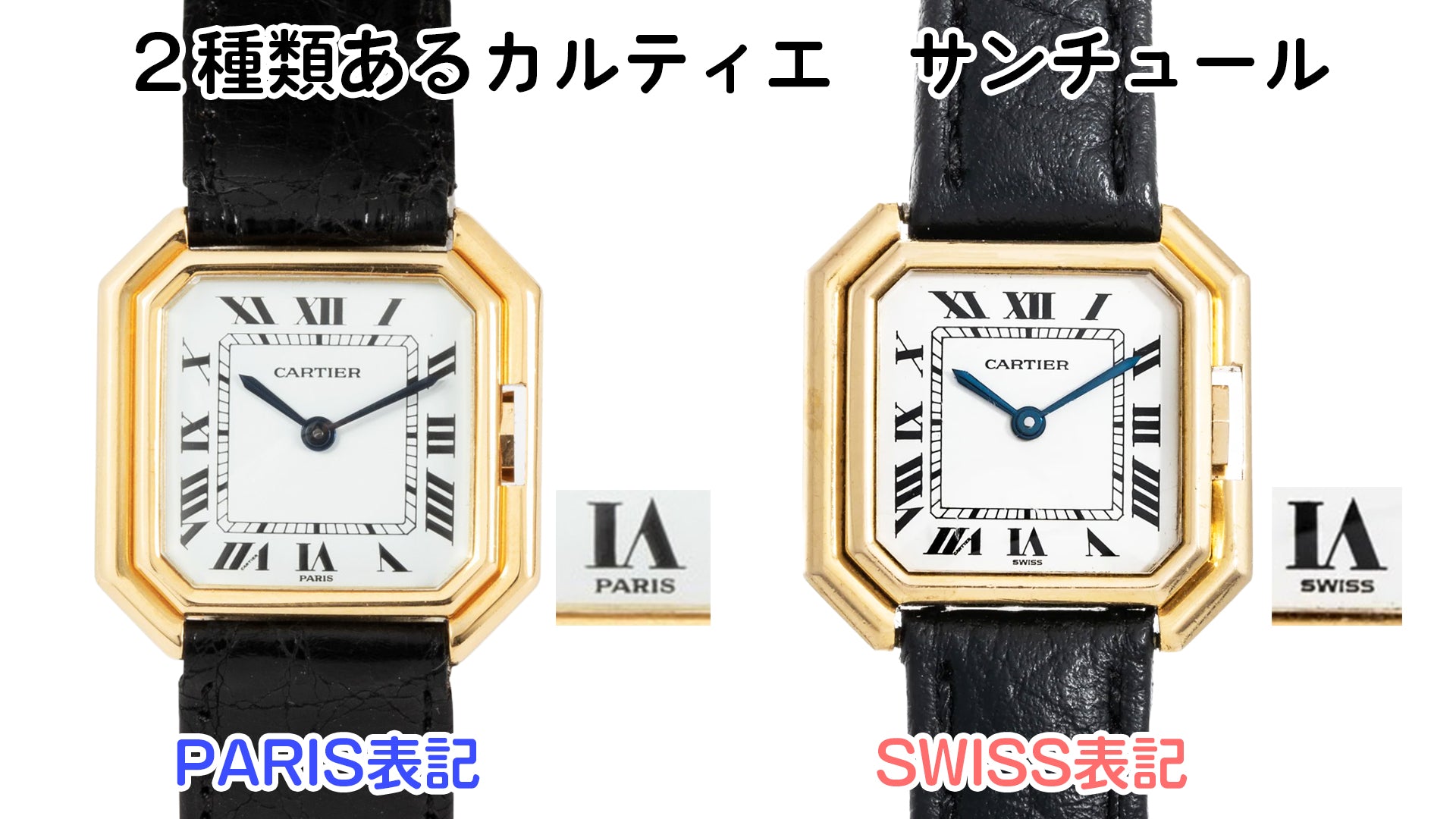Santur
Click here to watch a video about the history and appeal of Santur.
There are many wonderful designs that Cartier created in the early days.
I think one of the reasons why Cartier has been loved for so many years is that they reintroduce and update most of their historical designs.
The problem here is that there are many great designs in the current product line, so why did they discontinue this model?
There are also many models like this.
And the most representative of these is "Ceinture".
This model is no longer in production and rarely comes on the market, so many people may not know about it, but there's no doubt that it's a wonderful watch.
In this video, we will explain in detail what kind of model Santur is, what its appeal is, and what history it has.
By the time you finish watching this video, I believe you will be thinking, just like me, that you want Santur to make a comeback, so please stay with me until the end.
The History of Cartier's Santur Wristwatch

The first Santur dates back to 1927.
At this time, Cartier was not mass-producing watches, but rather producing small quantities for the wealthy, such as the aristocracy and bourgeoisie.
For that reason, like jewelry, they are not widely available and each one is carefully crafted.
The design of the Santur was born in the 1920s.
Then, mass production of watches began in earnest in the 1970s, and they began to go on sale in 1973.
The Santur model is named after the fact that its case is shaped like a belt buckle, and Santur means "belt" in French.
Typical of Cartier, the highly designed square case gives the appearance of "cut" corners.
While most regular models feature Cartier's iconic blue sapphire crown, the Ceinture is unusual in that it is completely flat and fits inside the watch case.
The design of the crown inside the case would later be adopted in the same style for the Anglaise, Ballon Bleu, and Ballon Blanc cases.
Let's take a look at the size range and each movement

The Santur first became available in two case sizes, 25mm and 27mm, in 1973.
The following year, a 31mm version was released.
Some of the 25mm and 27mm Santur models were equipped with quartz movements, but both models were essentially equipped with the hand-wound Cal. 78.1.

The larger 31mm version is equipped with the automatic ETA movement Cal. 170.

The reason why there are so few quartz movements is that the quartz shock occurred in the 1970s, but it wasn't until around 1978 that quartz movements began to be fully adopted in Switzerland, so the Santur watches produced before that were more likely to use hand-wound movements than quartz movements.
For more information on the Quartz Shock and Cartier, please see this video:
The 31mm model was equipped with an automatic movement, but the automatic version in yellow gold was produced in fewer numbers than the smaller model, and the automatic version in white gold was likely produced in even fewer numbers, so it's almost impossible to find at auction.
Equipped with an automatic caliber, the 31mm Santur is unlike any other.
This watch is not only large, but also thick and has a protruding section on the back to house the automatic caliber 170 (ETA movement).

However, when worn on the wrist, the protrusions are not visible and the watch appears flat, once again demonstrating the power of Cartier as a jewelry brand.
For these reasons, the automatic Santur, while practical, is rare and therefore more expensive than its manual-winding caliber counterparts on the second-hand market.
Let's take a closer look at the case materials

The Louis Cartier Collection was released in the 1970s, and this was a line of watches that Cartier staked its future on.
At this time, 12 watch models were released at once.
For more details, please click here↓
The Santur line, part of the Louis Cartier collection, is a luxury line with 18K case material and features the word "paris" engraved on the back and front under the 6 o'clock position.
For the cheaper lines, many were made with a base of sterling silver and then 18k vermeil on top.
The dial of this watch is marked SWISS rather than paris, making it different from the Louis Cartier collection.


Basically, it was produced in two patterns, but a small number of cases were also made in white gold, as well as a two-tone yellow and white gold version and a three-tone Trinity version.
summary
Combining Cartier's conservative design with an unusual case shape, the Santur blurs the boundaries between the rectangular design of the Tank and the angular design of the Santos-Dumont, making it the perfect expression of free-thinking creativity.
Understated and proportionate, and perfectly fitted to the wrist, the Santur proudly displays its special crown, distinctive case and classic dial from the jewellery and watch maker we all know and love.